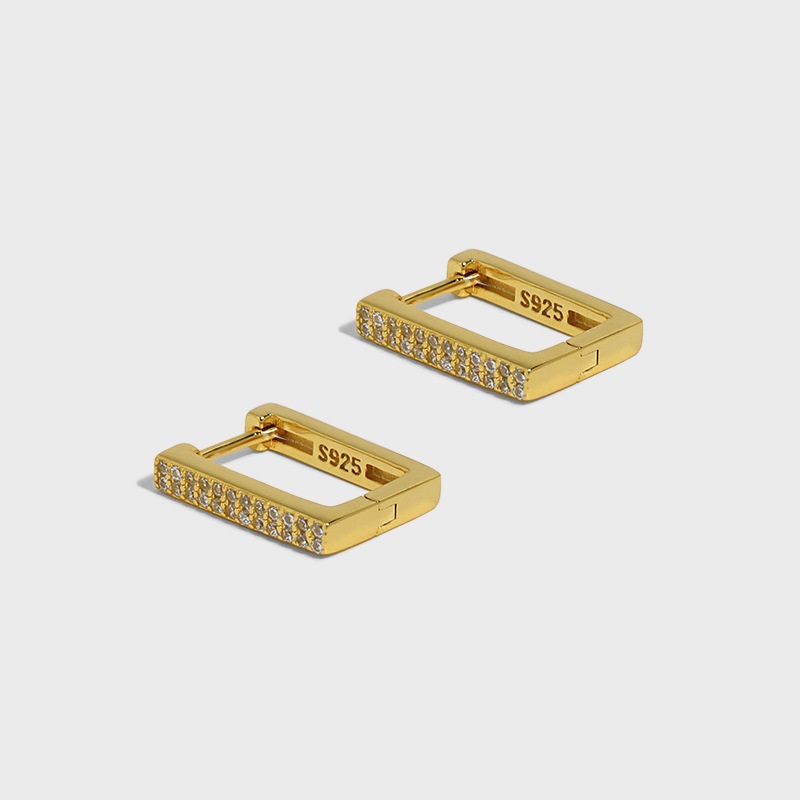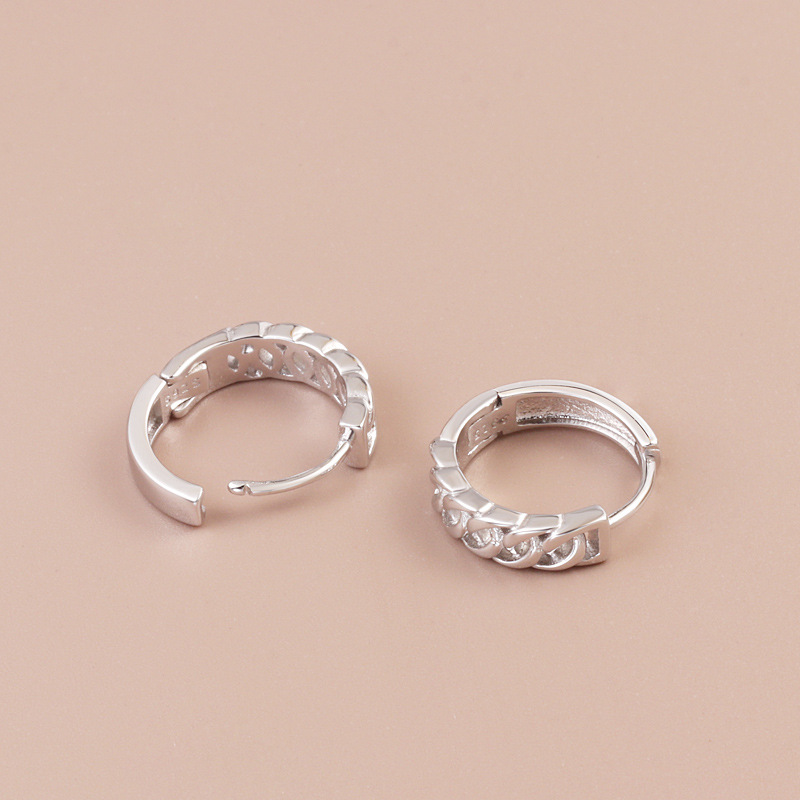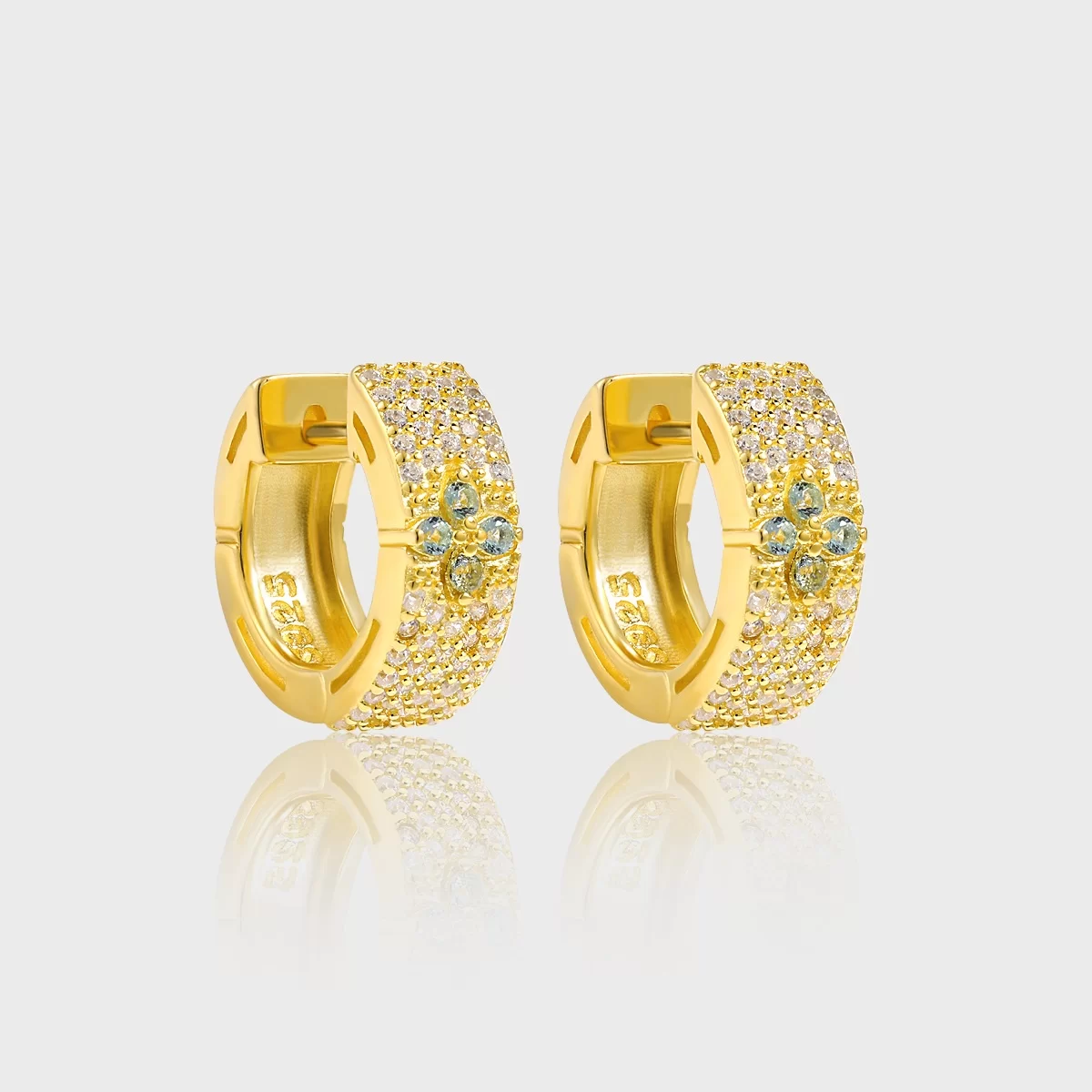How to Determine if Sterling Silver Earrings are Real: A Definitive Guide
How to Determine if Sterling Silver Earrings are Real: A Definitive Guide
Blog Article
Sterling silver earrings are a popular choice for their timeless elegance, affordability, and versatility. However, with the rise of copyright jewelry in the market, it's crucial to know how to distinguish genuine sterling silver from imitations. Whether you're a seasoned jewelry enthusiast or a first - time buyer, being able to accurately assess the authenticity of your earrings can save you from disappointment and financial loss. In this comprehensive guide, we'll explore the key methods and techniques for determining if sterling silver earrings are real.
Look for the Hallmark
The most straightforward and reliable way to identify genuine sterling silver earrings is to look for the hallmark. Sterling silver is an alloy composed of 92.5% pure silver and 7.5% other metals, usually copper. By international convention, authentic sterling silver jewelry is marked with the "925" stamp, which indicates the percentage of pure silver in the alloy. This hallmark is typically found on the back of the earring post, the clasp, or a less visible part of the earring design.
However, it's important to note that the presence of a "925" mark doesn't guarantee authenticity. Some counterfeiters may stamp fake hallmarks on their products. To be sure, check the quality of the mark. A genuine hallmark is usually clearly and deeply engraved, while a fake one may be 模糊,uneven, or easily scratched off. Additionally, reputable jewelers often include their own brand or maker's mark alongside the "925" stamp, which can add an extra layer of authenticity.
The 925 hallmark of the earrings shown below
Examine the Color and Finish
Genuine sterling silver has a distinct, bright white color with a subtle sheen. It should have a smooth, even finish without any discoloration or patches. When compared to other metals, such as stainless steel or silver - plated jewelry, the difference in color and luster is noticeable. Stainless steel, for example, often has a more grayish - blue tint, while silver - plated items may have a slightly duller appearance and may show signs of wear or base metal showing through over time.
Be wary of earrings that appear too shiny or have an overly bright, almost artificial luster, as this could be a sign of a silver - plated or coated product. Over time, genuine sterling silver may develop a patina, a natural darkening or tarnishing that occurs when the metal reacts with sulfur compounds in the air. While this patina can be removed with proper cleaning, its presence can actually be an indication of authenticity, as it shows that the metal is reacting as expected.
Conduct a Magnet Test
Silver is not magnetic. So, a simple magnet test can help you determine if your earrings are made of real silver or contain a significant amount of other magnetic metals. Take a small, strong magnet and hold it close to the earrings. If the earrings are attracted to the magnet, they are definitely not made of pure or sterling silver. However, keep in mind that the absence of magnetism doesn't necessarily confirm authenticity, as there are many non - magnetic metals that can be used to imitate silver. This test is just one part of a comprehensive assessment.
Check for Weight and Density
Sterling silver has a specific weight and density. Generally, it feels heavier than many of its imitations, such as silver - plated base metals or alloys made from cheaper materials. When holding a pair of genuine sterling silver earrings in your hand, you should notice a certain heft to them. Compare the weight of the earrings you're examining with a known genuine sterling silver piece of a similar size. If the earrings feel unusually light, it could be a red flag.
However, this method requires some experience and a reference point, as the weight can also vary depending on the design and thickness of the earrings. For example, delicate, thin - wire earrings will naturally weigh less than chunky, solid - metal ones. So, use this test in combination with other methods for a more accurate assessment.
Perform a Tarnish Test
As mentioned earlier, sterling silver is prone to tarnishing over time due to its reaction with sulfur in the air. To conduct a simple tarnish test, you can expose the earrings to a small amount of sulfur - containing substance, such as an egg yolk or a sulfur - rich soap. Apply a small amount of the substance to a hidden part of the earring and wait for a few minutes. If the area turns dark or develops a blackish discoloration, it's a strong indication that the earrings are made of sterling silver, as this is the typical reaction of silver to sulfur.
Be cautious when performing this test, as it may leave a stain on the earrings. If you're unsure, it's best to start with a very small area and clean the earrings thoroughly afterward. Also, note that some modern anti - tarnish treatments may reduce the speed or extent of tarnishing, but the earrings should still show some reaction to sulfur over time.
Seek Professional Appraisal
If you're still unsure about the authenticity of your sterling silver earrings, or if they are of significant value, it's always a good idea to seek the opinion of a professional jeweler or appraiser. These experts have the knowledge, experience, and specialized tools to accurately assess the composition and authenticity of your jewelry. They may use techniques such as X - ray fluorescence (XRF) analysis, which can determine the exact metal composition without damaging the earrings, or microscopic examination to look for signs of craftsmanship and material quality.
A professional appraisal not only gives you peace of mind but can also be useful if you plan to sell, insure, or inherit the earrings. When choosing an appraiser, make sure they are certified and have a good reputation in the industry.
In conclusion, determining the authenticity of sterling silver earrings requires a combination of careful observation, simple tests, and, in some cases, professional expertise. By looking for the hallmark, examining the color and finish, conducting magnet and weight tests, performing a tarnish test, and seeking professional help when needed, you can make informed decisions and ensure that your jewelry collection consists of genuine, high - quality pieces. Whether you're buying new earrings or evaluating the ones you already own, these methods will help you separate the real from the fake and enjoy the beauty and value of true sterling silver jewelry.
Report this page


